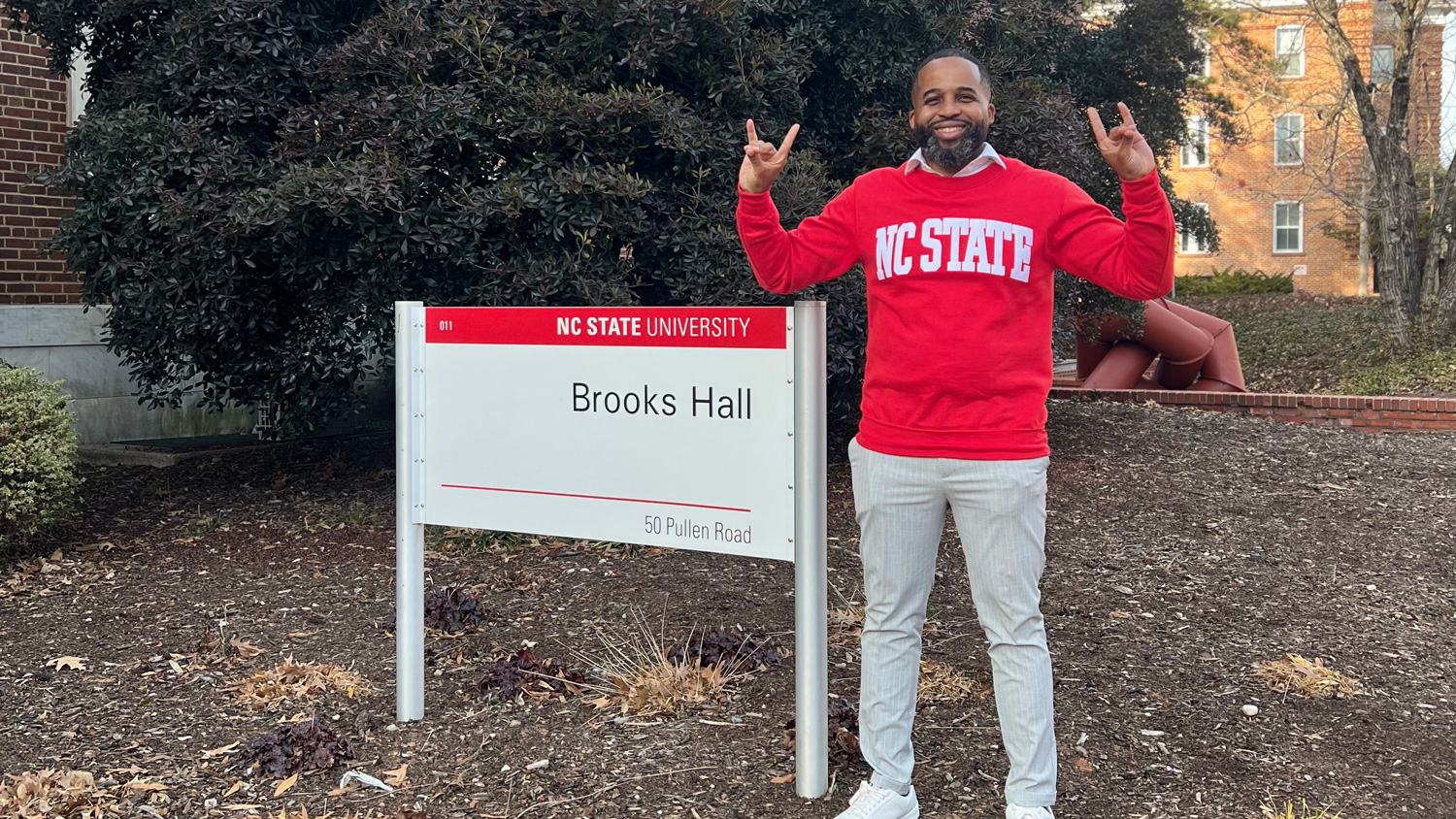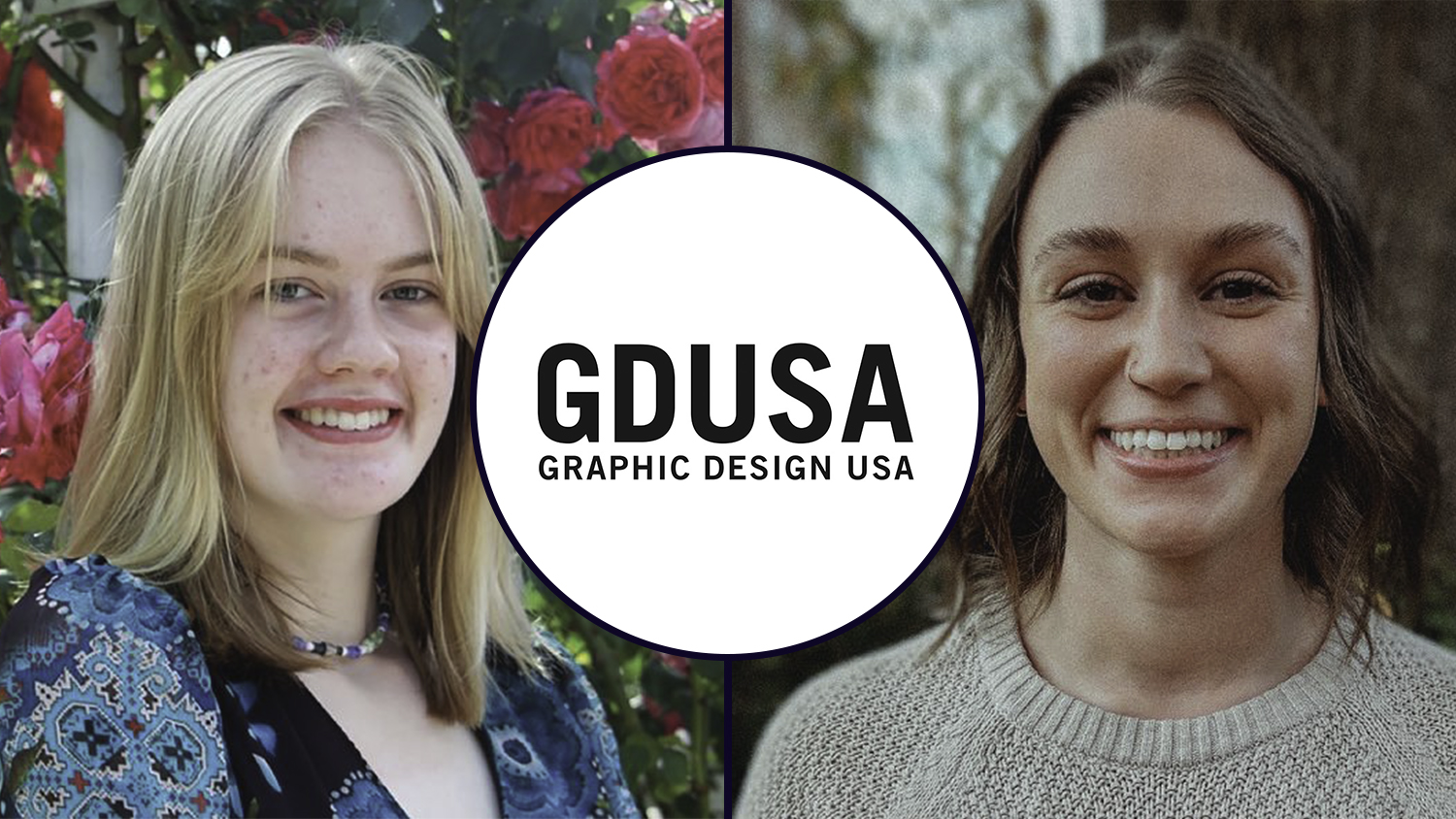Back to the Pack: Mary Hauser
Back to the Pack is a new series of stories about alumni from the NC State College of Design whose careers have brought them back to the university to work as staff or faculty.

Mary Hauser is the Interim Director and Registrar at the Gregg Museum of Art & Design. Hauser earned her Bachelor of Industrial Design in 2001, and her Master of Industrial Design in 2004 at the College of Design. She shared her story from her time as a student to her time with NC State as a professional as part of our new series, Back to the Pack.
What brought you to study at the College of Design?
I knew by the middle of high school that I wanted to study design in college, and I had a chance to try out industrial design at a pre-college summer camp at the Rhode Island School of Design. That experience cemented my direction, so I looked into the possibilities for college.
NC State was the clear choice, having both a strong program and the most affordable tuition since it would be in-state. I applied for and received early acceptance and didn’t apply anywhere else!
Who were the people at the college that made the most significant impact on your career?
Former professors Susan Brandeis and Vince Foote had the most significant impact on my career. Vince saw my passion for textiles and encouraged me to take swing studios and classes, including several at the College of Textiles, which helped me develop that expertise. Susan pushed me to be a better, more mature designer and enabled me to bring together industrial design and fibers into a specialty in handbags. She also encouraged and welcomed me to pursue a master’s degree that led me to my career in museum work.
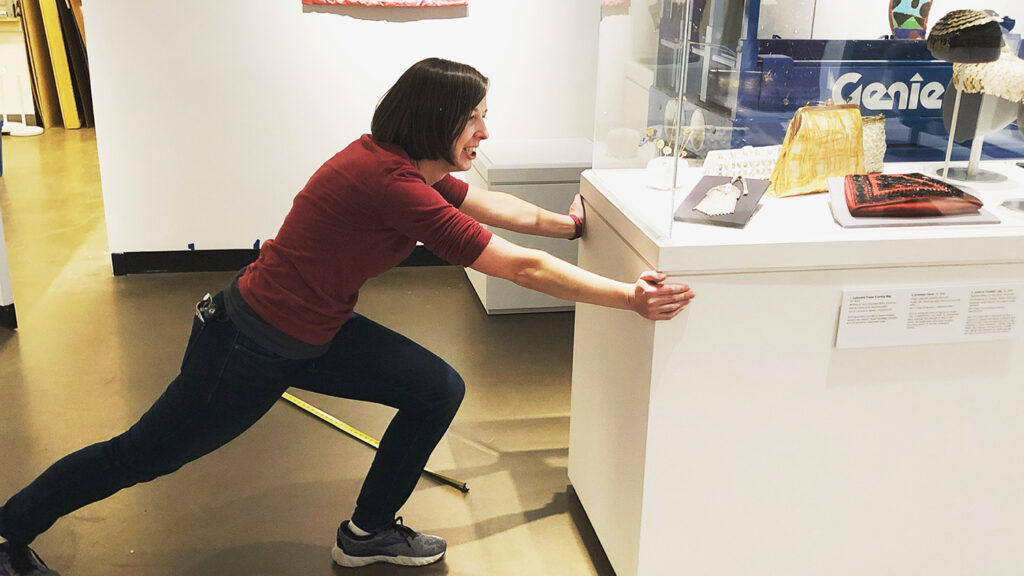
If you could pick one lesson or skill that you took away from your time as a student that still holds true today, what would it be and why?
One of the most useful skills I learned from my time at the College of Design is how to give and receive feedback.
During critiques, it was so tempting to defend my work against any criticisms to try to win or be right, but I realized early on that doing so kept me from hearing helpful and valuable information from others.
Usually, that feedback was useful in getting to the best end result or product, and that was the real goal, not winning a debate! I also learned how to express criticism clearly, honestly, and constructively. That meant looking and listening closely, considering alternatives quickly, and articulating responses tailored to the situation and person or people being addressed.
Whether in meetings, giving presentations, or working on team projects, I find myself using the lessons learned in critiques nearly every day.
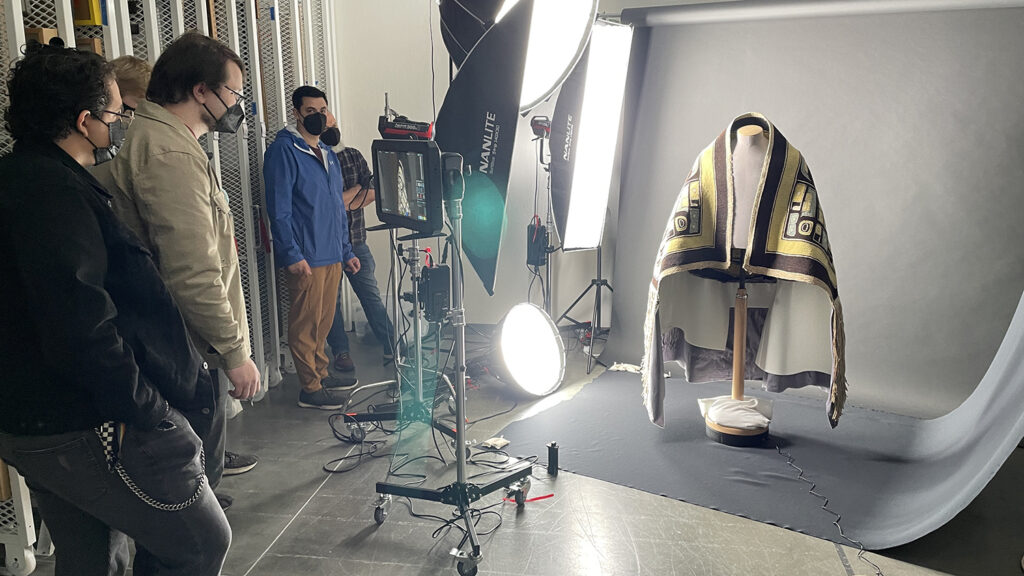
What kind of work or projects do you do in your current position?
As the Registrar at the Gregg Museum of Art & Design, I oversee two museum collections professionals, and together we are responsible for all of the items in the museum’s care including accessioned objects in our collections, those on offer, loans, and pieces for exhibitions. This includes designing and organizing storage, packing and moving artifacts, arranging shipping and insurance coverage, designing specialized mounts and displays, planning and installing exhibitions, and much more. My favorite tasks are installing exhibitions, especially making and designing mounts, and sharing collection objects with students and classes in storage.
In the administrative portion of my role, I work on donor relations, strategic priorities, staff management, and long-range planning. While those are not tangible in the way my work with collections and exhibitions is, I find that the principles of design and processes of design thinking still apply and can bring a fresh perspective to these areas.
How do you feel design thinking applies to what you do now at NC State? Are there any specific projects or initiatives that come to mind?
The most obvious way I use design thinking is figuring out how to make well over 54,000 objects fit into our storage spaces!
From laying out storage rooms and systems to adapting tools and boxes to suit the unique needs of artworks and artifacts, we are constantly having to challenge assumptions of how something can be used and how spaces can be maximized. Design thinking is also vital during exhibition development as we attempt to display unique, delicate, historic items in ways that are safe for both them and our visitors. A recent example is the early 20th-century Egyptian tent we set up in one of the galleries.
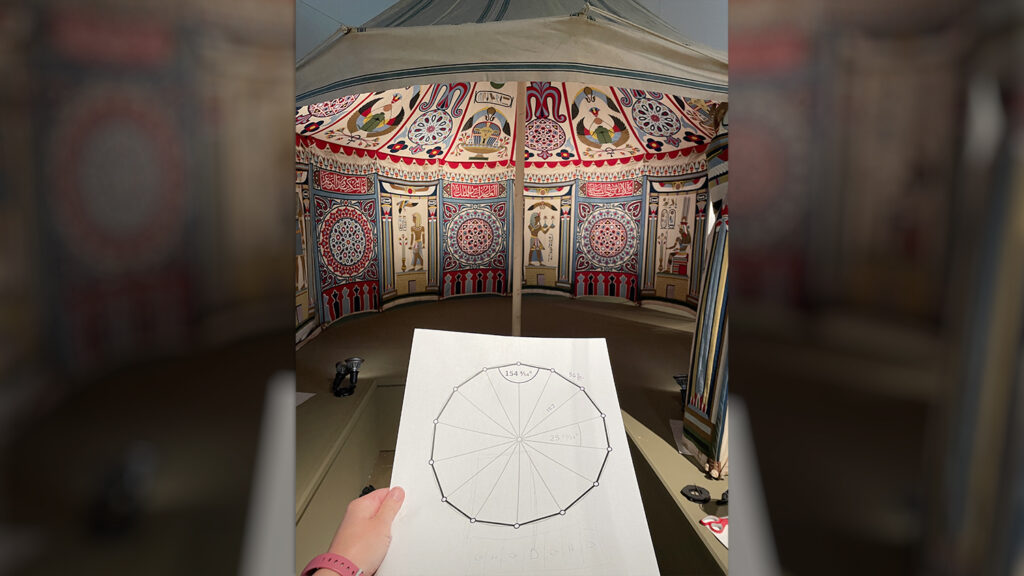
We needed to find a way to raise the tent so that visitors could stand in it without ducking while maintaining accessibility and keeping visitors from touching the delicate appliqued surfaces.
We considered a ramp, hanging it from the ceiling, doing a sort of exploded view installation, and many other possibilities, but eventually settled on setting the tent up on a raised platform with a section at floor height. The result has led to many great comments about the tent and no complaints about access to the tent or areas hidden from view. Exhibit design, like all design, is most effective when it’s not noticeable!
What are some of the biggest changes you’ve seen across campus from your time as a student to today?
Some of the biggest changes I’ve seen on campus are related to the university’s growth and expansion including the addition of buildings and spaces to the College of Design. This has also impacted the feel of the campus and college, presenting more opportunities to a larger community, but also a greater need for connections and collaborations across those spaces and communities.
Lastly, what’s your favorite part about working at NC State?
I love being able to provide and expand on the opportunities I appreciated as a student. I was able to visit the Gregg Museum (then the Gallery of Art & Design) with a class during my undergraduate studies, and it changed my career path.
The study of the history of an object from the museum’s collection from the perspective of a designer with the potential to influence my future work was an exciting blend of design, art history, and critical thinking that helped me find my place in the world of design.
My goal is to present opportunities and possibilities to the students at NC State through exhibitions, programs, research opportunities, and internships so that they can find their area in which to flourish.

